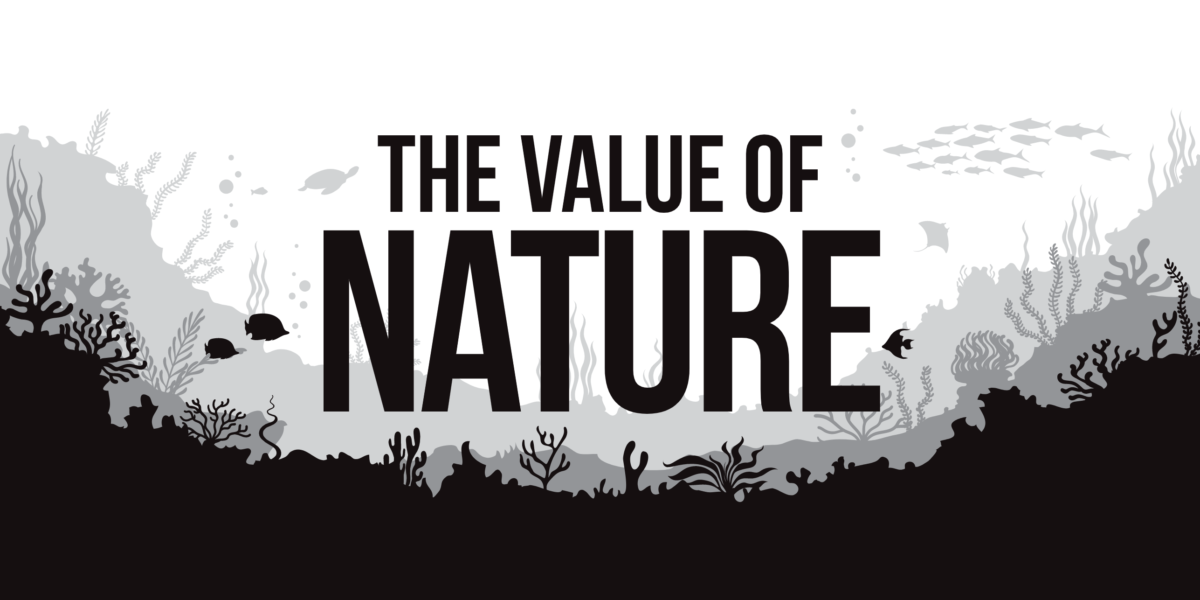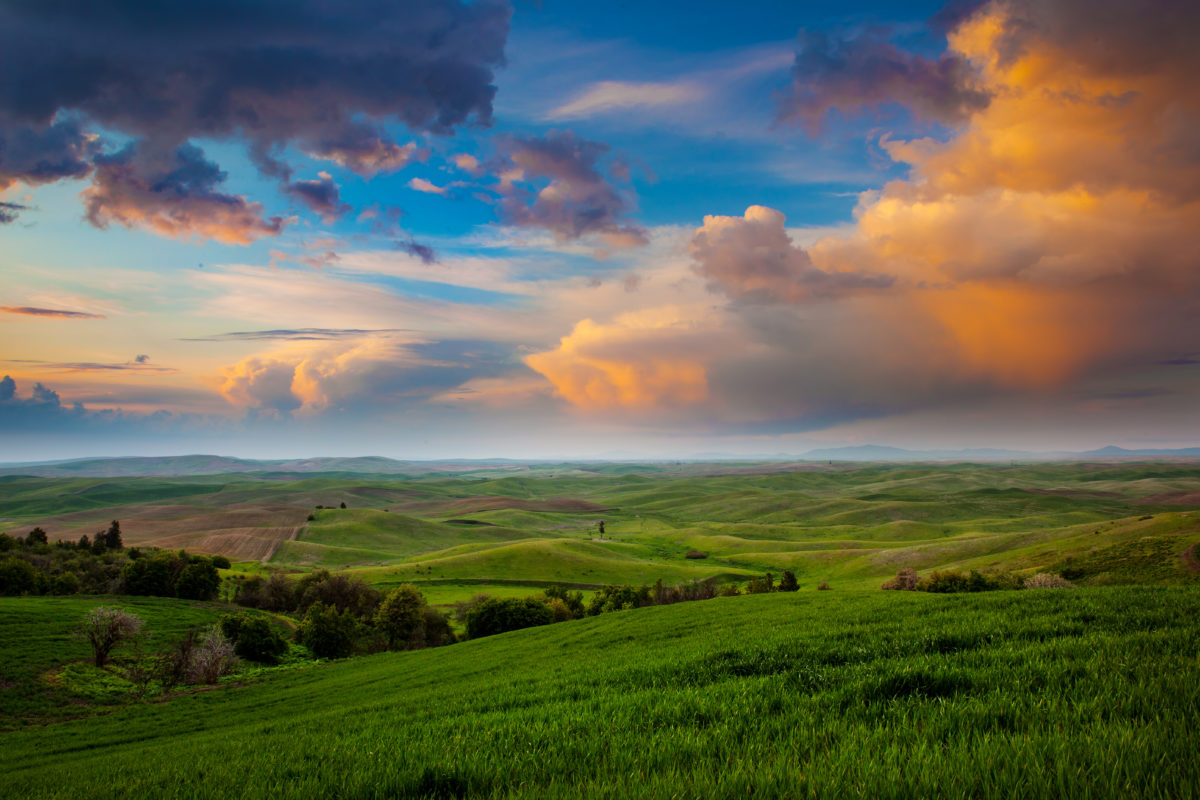Valuing our Needs, Connection, and Responsibility
Changing culture. This isn’t a term that normally comes to mind when people think of CELDF. But the truth is, cultural change agents are who we are at the core. Challenging unjust corporate and elite wealth, championing the rights of community-level decision making power, and diving deep in transforming systems of law to acknowledge, secure, and protect the inherent rights of nature, that is what CELDF has embodied for more than twenty-five years.
We know that our existence has come about by outreach, citizen action, and bold governmental bodies to not only propose Community Rights laws, but also to fight to animate those laws. However, at the heart of all of that necessary provocation, advocacy, and action is culture and the recognition that a culture that subscribes to domination, exploitation, and eradication of people, communities, and natural systems is a culture that must be replaced. That’s what makes CELDF, CELDF.
We try to share what we and our community partners are doing and what needs to be done to break the destructive dominant cultural ways, but in all of that there is the question of what is that new culture? What does that new culture value? We recently came across a publication by The Intergovernmental Science-Policy Platform on Biodiversity and Ecosystem Services (IPBES), which discusses a way to conceive of culture, of how change needs to be approached, and most importantly of how we see ourselves, see Nature, and how that view, that valuing process translates into how we treat each other, treat our communities, and treat the natural world. This isn’t our invention but we are using it to guide our work and to bring to you the latest of CELDF within this framework. Perhaps these concepts can be useful to you too. So here are four ways of thinking about relating to the natural world:
- Living from nature: emphasizes nature’s capacity to provide resources for sustaining the livelihoods, needs, and wants of people, such as food and material goods
- Living with nature: has a focus on life ‘other than human’ such as the intrinsic right of fish in a river to thrive independently of human needs
- Living in nature: refers to the importance of nature as the setting for people’s sense of place and identity
- Living as nature: sees the natural world as a physical, mental, and spiritual part of oneself
Human and ecosystem viability come when we figure out how to orient our culture to be connected to all four parts: Living from, with, in, and as Nature.
This newsletter starts where the dominant culture is currently at, which is largely about how humans have been living from Nature. We’ll explore several actions, activities, and collaborative achievements of CELDF to both move with more grace from how we live from Nature, and also to how we bring in the functions of living with, in, and as nature for the sake of humans, all life, and the planet itself. We see this as not just being about how the conventional view of protecting the environment can be transformed, but also about how this transformation strengthens the civil, social, and economic rights and responsibilities necessary for healthy, just, and viable human communities.
This article is an excerpt from the Community Environmental Legal Defense Fund’s fall 2022 newsletter “The Value of Nature.” Click the above button to sign up for a hard and/or electronic copy of our newsletters.
So say it with us: Living from nature. Living with nature. Living in nature. Living as nature. CELDF and you are changing culture for good.


